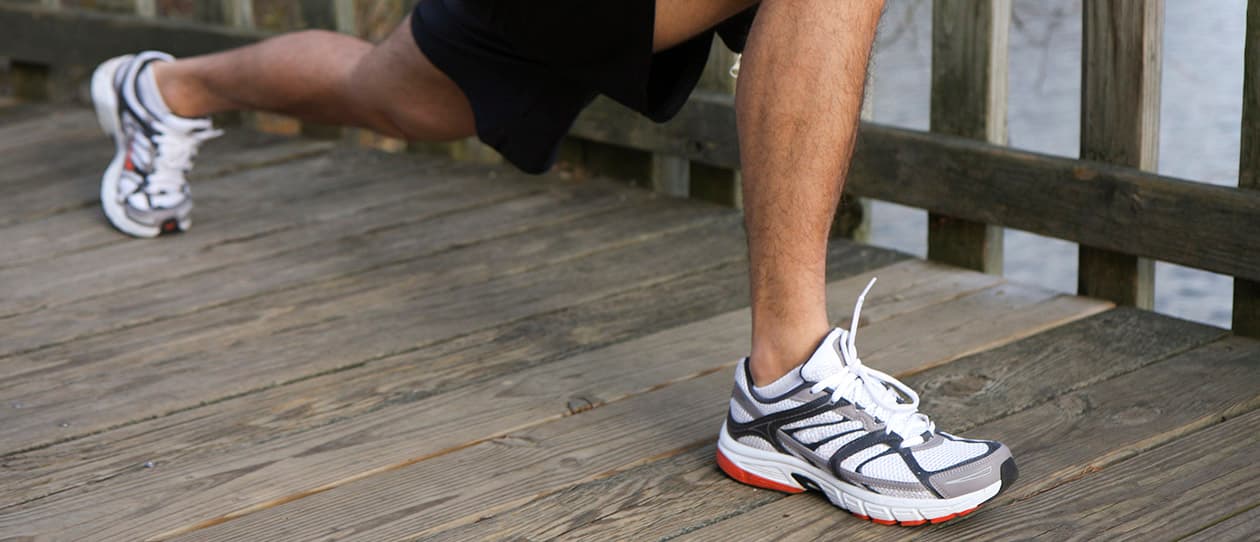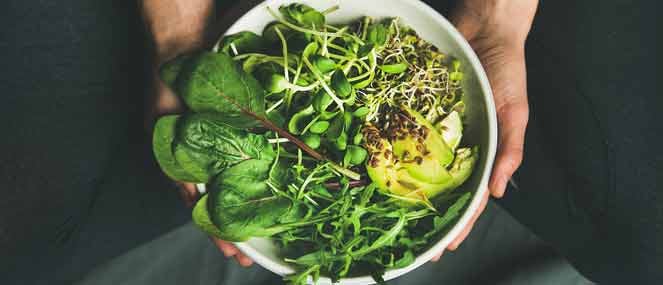
- Health hub/
- Arthritis, joint, bone & muscle/
- Exercise Induced Muscle Cramps And How To Treat Them


Why do muscles cramp during exercise?
Cramps are a sudden, tight and painful muscle contraction that are most likely to occur in the calf and thigh. Although exercise induced muscle cramps are common, scientific research is yet to come up with a comprehensive explanation of their cause. We know that muscle cramps are more likely to occur when people experience fatigue.
It's also known that cramps are more likely to occur during competition rather than training, and are more common at the end of an event (such as the last few minutes of a football game) when people are most fatigued.
What role does hydration play in muscle cramps?
Dehydration is strongly associated with prolonged exercise. However, the theory that exercise induced muscle cramps are caused by dehydration has been discredited by recent research. A study comparing male runners in an ultra-marathon race found no significant difference in hydration status in runners who experienced exercise induced muscle cramps compared to runners who didn't experience cramps. In fact, the runners who experienced cramps had a slightly better hydration status than non-cramping runners immediately after the race.
While this study doesn't suggest that you should avoid water before, during and after exercise, it does imply that more research is needed to develop a better understanding of why muscle cramps occur.
How should muscle cramp be treated?
There are a few suggested methods of treatment for exercise induced muscle cramp. They include:
- If the cramp is minor, slow down your pace, and reduce the intensity of your exercise.
- Lightly stretch the affected muscle to help decrease the intensity of the contraction and allow the muscle to relax.
- Massaging the affected area may also help the muscle to relax, and alleviate pain.
- If the cramping is severe, or if it keeps recurring, applying ice to the affected muscle may help to relieve cramp.
References available on request




